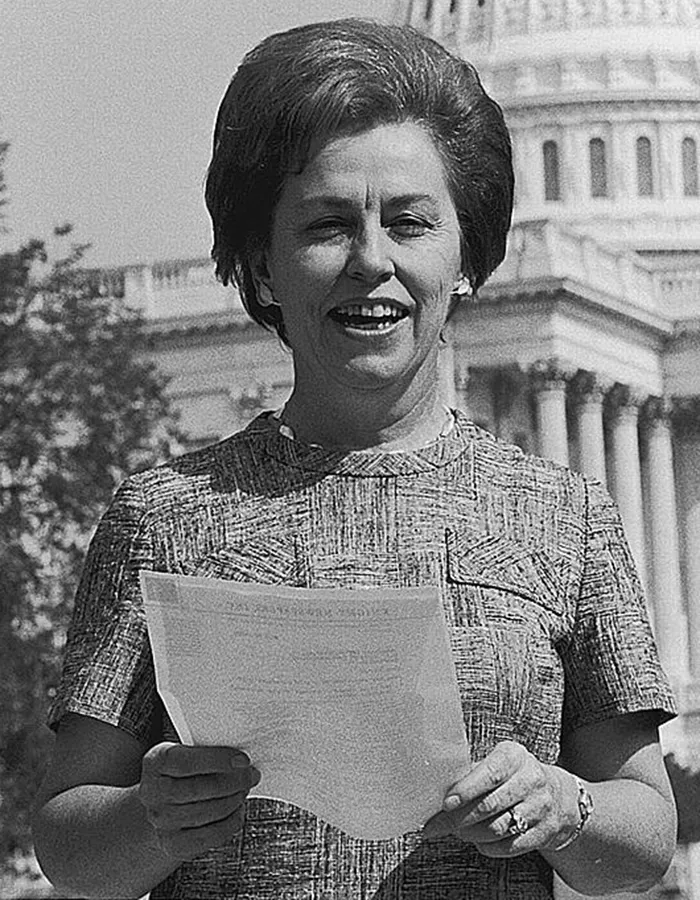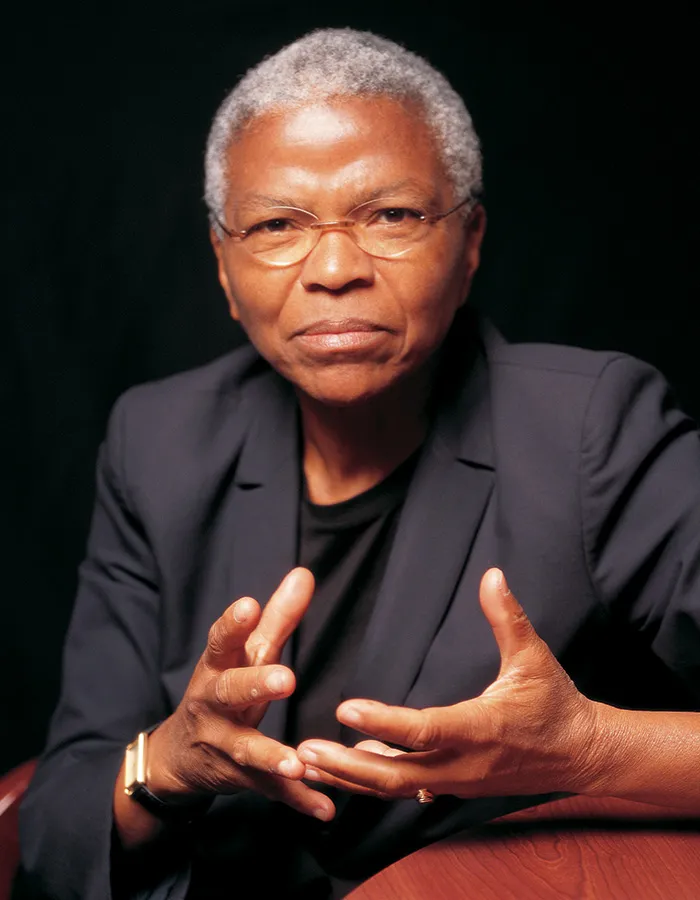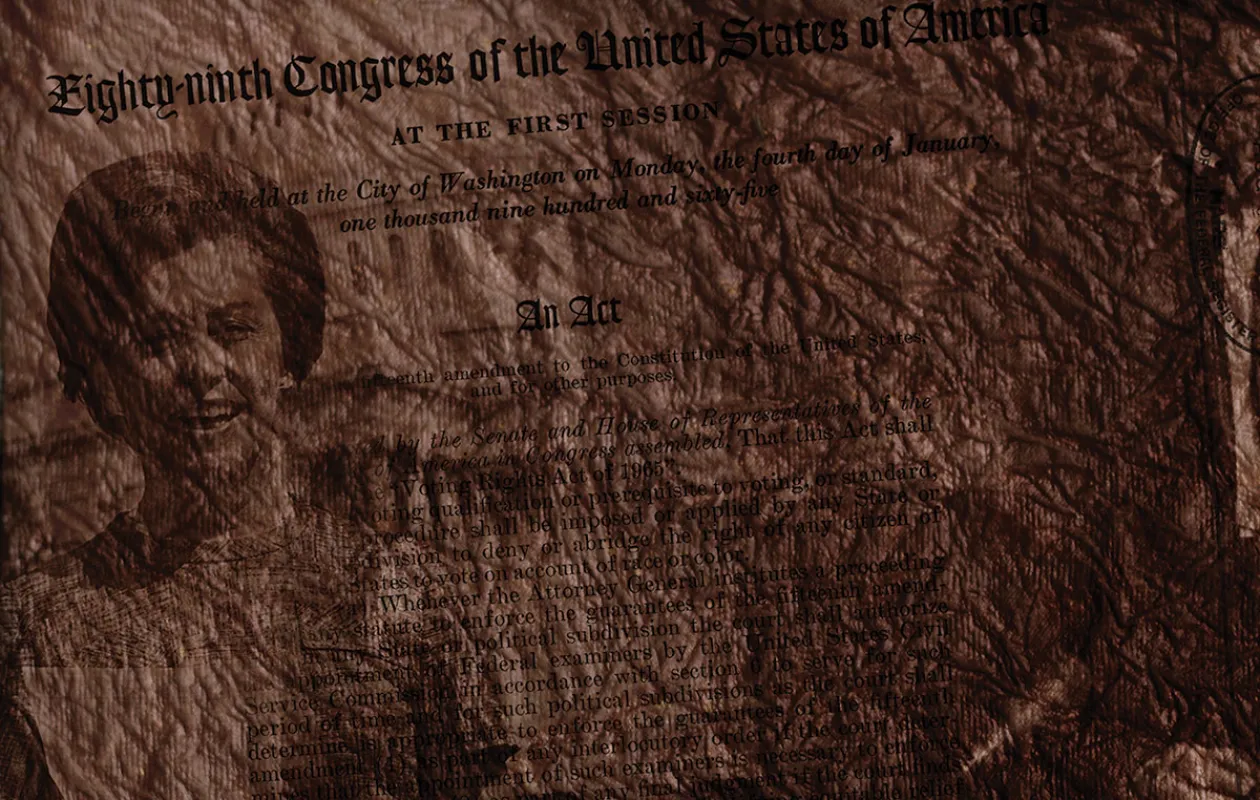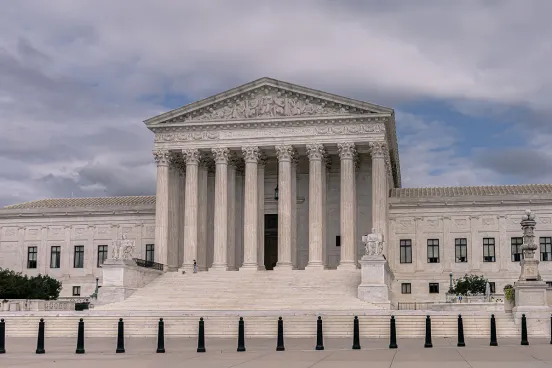This Civil Rights Act is a challenge to all of us to go to work in our communities and our states, in our homes and in our hearts, to eliminate the last vestiges of injustice in our beloved country.” So said President Lyndon Baines Johnson in 1964 when he signed the Act into law. Here, we commemorate the 50th anniversary of the Act by sharing the stories of alumni who fought for its passage and those who worked to preserve its legacy.

Civil Rights, Women's Rights
Just over 50 years ago, in February 1964, a great debate was taking place on the floor of the U.S. House of Representatives. Up for a vote was President Lyndon Johnson’s signature legislation, now universally referred to as the “landmark” Civil Rights Act of 1964. All eyes were on one legislator: the woman representative from Detroit, Michigan.
Her name was Martha Griffiths. And she was about to reach what has been recognized ever since as the pinnacle of her long, pioneering, and distinguished political career.

Mary Frances Berry, ’70: A Trailblazer in the Fight to End Discrimination
As Mary Frances Berry, ’70, walked along a Nashville street in 1954 with her high school history teacher, she passed a newspaper headline that read: “Segregation Must End.” The Supreme Court had just ruled in the landmark Brown v. Board of Education case.
Berry experienced segregation firsthand: segregated buses, restaurants, drinking fountains, and more. She knew that to watch a first-run movie, she had to go down the alley and climb a seemingly endless number of stairs to reach the cramped top balcony of the local theater—the crow’s nest, it was called—while white members of the audience sat on the main floor. When Berry saw the headline, she looked at her teacher and asked if it meant that white and black children would go to school together the next year.

Roger Wilkins, ’56, Honored as Distinguished Alumnus
Roger Wilkins exposed injustice and fought for equality—through the complex lens of being a black man in America—throughout his career as a public servant, educator, and Pulitzer Prize-winning journalist.
“I don’t think we’re ‘Africans in America,’” Wilkins, ’56, said in a 1997 speech at U-M. “At least I’m not. What kind of African is born in Kansas City; lives and dies for the University of Michigan football team; loves Toni Morrison, William Faulkner, and the Baltimore Orioles; reveres George Washington and Harriet Tubman; and who, when puzzled by the conundrum of Thomas Jefferson, collects his thoughts while listening to B.B. King?”

Bagenstos on Class-Not-Race
Throughout the civil rights era, strong voices have argued that policy interventions should focus on class or socioeconomic status, not race.
At times, this position-taking has seemed merely tactical, opportunistic, or in bad faith. Many who have opposed race-based civil rights interventions on this basis have not turned around to support robust efforts to reduce class-based or socioeconomic inequality. That sort of opportunism is interesting and important for understanding policy debates in civil rights, but it is not my focus here.








